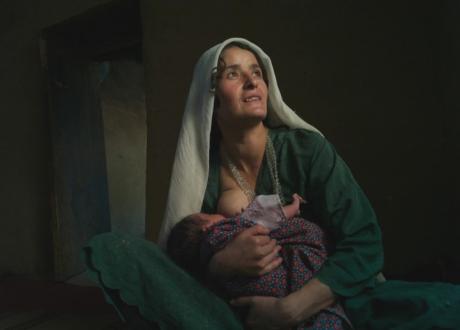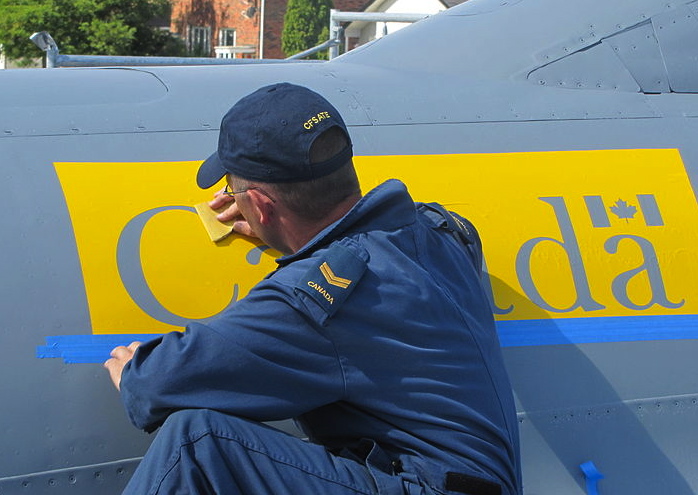Afghanistan has the highest infant mortality rate in the world with 117.23 deaths per 1 000 live births! The maternal mortality rate is the 22nd highest in the world with 460 deaths per 100 000 live births. This is certainly an improvement from 1 400 deaths per 100 000 live births in 2008 when the Taliban was in power, but it is not nearly enough of an improvement. According to former UNICEF Executive Director Carol Bellamy:
Taliban restrictions on women, coupled with 20 years of war, have set back women’s health status immeasurably. With new leadership and ongoing assistance from the international community Afghanistan has a prime opportunity to reverse this record, starting now.
Maternal and infant mortality are due to a mix of factors including poverty, inaccessibility of health services and cultural barriers. A weak economy and decades of war have damaged public health provision, hospitals and clinics which are still too few in number and often limited to urban areas. In fact, the Mirwais Naika Hospital in Kandahar is the only hospital in the south which provides emergency services to the other surrounding provinces during crises. The geography of Afghanistan, with its poor infrastructure, makes it incredibly difficult for women to get to the hospitals that do exist. Furthermore, car ownership is low in Afghanistan, with only 29 motor vehicles to every 1 000 individuals as of 2011, so pregnant women will often have to travel to a distant hospital on a donkey or a motorbike. That is, if they decide to give birth in a hospital or clinic.
Women in Afghanistan are deeply conservative. Many believe they need a male relative to accompany them when travelling outside the home. Women will give birth at home if a male relative is unable to accompany them to a hospital. Some families prefer to bring women to female elders or traditional birth assistants who are said to have poor sanitation practices and will sometimes cut the umbilical cord with broken glass or the edge of a shoe. The Taliban’s restrictions against girls’ education has led to an insufficient number of female doctors and midwives. Yet, treatment by male doctors is still taboo. This situation leaves pregnant women in a highly vulnerable position, with few options to receive proper medical attention, particularly outside the major cities. Afghanistan’s Public Health Minister Suraya Dalil says that the majority of women who die in childbirth do so in remote provinces of Afghanistan due to a lack of proper health clinics or due to the preference to give birth at home.

A 2002 survey conducted jointly by UNICEF and the U.S. Centers for Disease Control and Prevention (CDC) with the help of the Afghanistan Ministry of Health focusing on Kabul, Laghman, Kandahar and Badakshan found that only 7% of women who died during childbirth did so with the assistance of a skilled birth attendant. It also found that when the mother of a newborn dies, the child only has a 1 in 4 chance of surviving until his or her first birthday. Clearly, the infant mortality and maternal mortality rates are linked; the problem is inter-connected. Fortunately, most maternal deaths are preventable.
![]()
![]() Imagine if a low-cost hand-held ultrasound technology existed which could photograph prenatal ultrasound images and send them electronically to a distant hospital so that women who are not fortunate enough to live within walking distance from a hospital are not denied the same healthcare as those who do. Remarkably, this technology exists. A Canadian expert working at the interface of law, medicine, community advocacy and research, Leanne E. Tran (M.D., J.D.) developed a simple java based e-health system to support field healthcare workers and provide the necessary connectivity with hospitals. The system consists of a server to store and manage health data and an Android application which uses the smartphone camera to take a photo of the ultrasound image. The data provided to the hospital allows radiologists who work at distant hospitals to review the imaging and submit feedback through the server back to the healthcare worker in the field without ever having to meet the patient face to face. This allows healthcare workers to triage women expected to have birth complications to deliver their babies in a hospital or community clinic setting. She has even designed a “train the trainer” program to teach local women to use the technology.
Imagine if a low-cost hand-held ultrasound technology existed which could photograph prenatal ultrasound images and send them electronically to a distant hospital so that women who are not fortunate enough to live within walking distance from a hospital are not denied the same healthcare as those who do. Remarkably, this technology exists. A Canadian expert working at the interface of law, medicine, community advocacy and research, Leanne E. Tran (M.D., J.D.) developed a simple java based e-health system to support field healthcare workers and provide the necessary connectivity with hospitals. The system consists of a server to store and manage health data and an Android application which uses the smartphone camera to take a photo of the ultrasound image. The data provided to the hospital allows radiologists who work at distant hospitals to review the imaging and submit feedback through the server back to the healthcare worker in the field without ever having to meet the patient face to face. This allows healthcare workers to triage women expected to have birth complications to deliver their babies in a hospital or community clinic setting. She has even designed a “train the trainer” program to teach local women to use the technology.
If Tran’s technology and train the trainer solution were ever brought to Afghanistan it might be able to make a positive impact on the country’s tragic infant and maternal mortality rates by providing early warning about potential complications to families making decisions about where a mother will give birth. The train the trainer program might also be able to bring additional health care knowledge to local birth assistants that may improve the quality of pregnancy healthcare outside the hospital setting. Tran is currently seeking funds for a pilot program but someone needs to make the investment and that hasn’t happened yet.
For more information click here.





